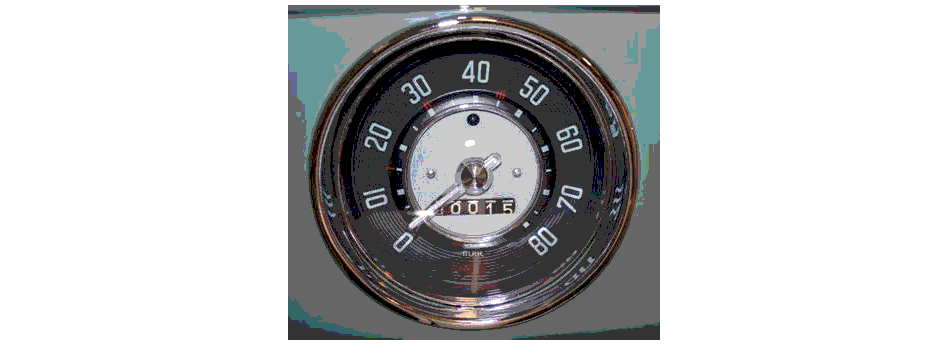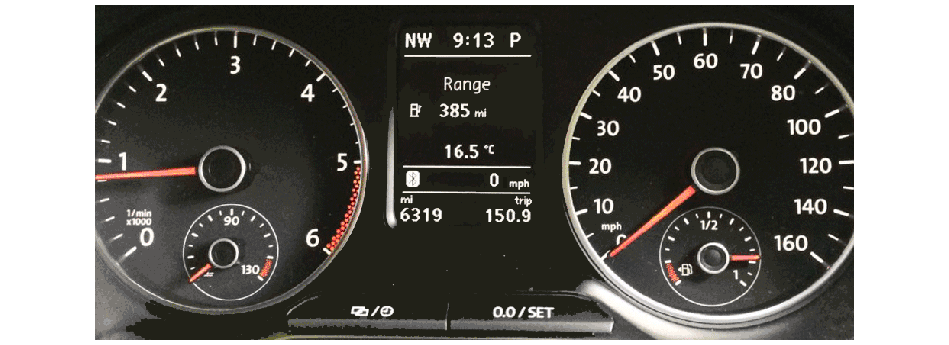
Some days he would take exactly the same route which we will term a “fixed route”. Other days he would take a “random route”. Every day, however, he would take the Harvard Bridge only on his way back to Boston.
The length of the bridge was (and still is) less than 1 mile. For the purposes of this problem we will consider the length to be measured from water’s edge to water’s edge. (This is slightly different from the accepted definition which is measured in Smoots.)
The length of the fixed route is 3 miles from the end of the bridge (Boston) back to the beginning of the bridge (Cambridge). The two odometer readings below represent the values seen when starting to cross the bridge on the MIT side and when reaching the end of the bridge on the Boston side.
Choose the route that you are driving (fixed or random). Then drive to the start of the bridge, the MIT/Cambridge side. Now drive across the bridge to Boston and record the odometer change. Finally, return to your home on Bay State Road.
- Drive 10 times across the bridge using the fixed route. What information does the set of odometer readings {(starti , finishi) | i = 1,…,10} give you about the length of the bridge?
- Drive 10 times across the bridge using the random route. What information does this set of odometer readings {(starti , finishi) | i = 1,…,10} give you about the length of the bridge?
- Using the fixed route, how many trips across the bridge would you have to make to estimate the length of the bridge to within 10%?
- Using the random route, how many trips across the bridge would you have to make to estimate the length of the bridge to within 10%?
- Using a modern odometer as shown in Figure 11.7 (below), how many trips across the bridge would you have to make to estimate the length of the bridge to within 10%?
